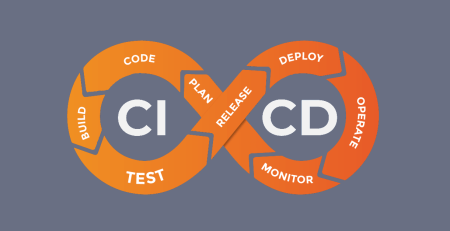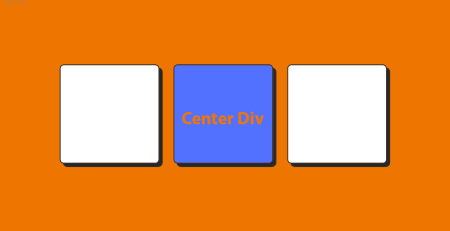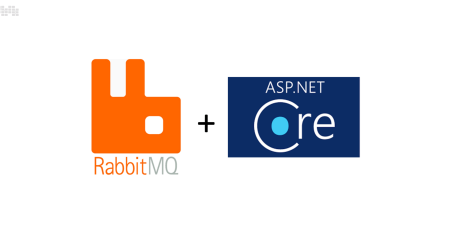Enhance Your ASP.NET MVC Website with Gutenberg Block Editor
For developers looking to create an engaging and dynamic online presence, ASP.NET MVC has shown to be a reliable platform. However, adding the Gutenberg Block Editor to your ASP.NET MVC website can be the ideal way to advance your web development abilities and deliver your consumers a remarkable content creation experience.
We’ll look at how incorporating the Gutenberg Block Editor may improve your ASP.NET MVC website in this blog article. We’ll explore the essential ideas and offer C# code samples to assist you in beginning your journey to become a world-class web developer.
What Is the Gutenberg Block Editor?
WordPress editors like the Gutenberg Block Editor completely transform how you develop and maintain content for your website. It is renowned for its simple block-based design that enables users to create dynamic and interesting content without requiring complex technological skills.
You may enable your content producers to create rich, visually appealing material in your ASP.NET MVC application while preserving the scalability and flexibility of your current website by integrating Gutenberg. Now let’s begin the process of integration.
Prerequisites
Before we dive into the code examples, make sure you have the following prerequisites in place:
- An ASP.NET MVC project set up and running.
- Basic knowledge of C# and ASP.NET MVC.
Step 1: Install Gutenberg Block Editor
To begin, you’ll need to install Gutenberg Block Editor. You can do this by downloading and adding the necessary JavaScript and CSS files to your project. Here’s how you can include them in your layout view:
// _Layout.cshtml
<head>
<!-- Add Gutenberg CSS -->
<link rel="stylesheet" href="https://unpkg.com/gutenberg@latest/dist/style.css">
<!-- Add Gutenberg JavaScript -->
<script src="https://unpkg.com/gutenberg@latest/dist/index.js"></script>
</head>Make sure to reference these files correctly in your project. You can choose to host them locally if you prefer.
Step 2: Create a Content Area
To enable Gutenberg Block Editor for a specific section of your webpage, create a content area in your view using the div tag with a unique ID.
<div id="gutenberg-editor"></div>
This div will serve as the container for your Gutenberg content.
Step 3: Initialize Gutenberg
Now, it’s time to initialize Gutenberg within your JavaScript code. Here’s a simple example of how you can do this:
// Your JavaScript code
document.addEventListener("DOMContentLoaded", function () {
const gutenbergEditor = new GutenbergEditor({
el: "#gutenberg-editor",
});
});This code initializes the Gutenberg Block Editor inside the specified div element with the ID “gutenberg-editor.”
Step 4: Handle Content Submission
After users create content in Gutenberg, you’ll want to save and manage that content. This typically involves sending the content to your server for storage. You can use AJAX or an ASP.NET MVC controller action to handle this. Here’s a basic example:
[HttpPost]
public JsonResult SaveContent(string content)
{
// Save the content to your database or storage mechanism
// You can use Entity Framework or any other data access method
// Return a success response
return Json(new { success = true });
}In your JavaScript code, you can send the content to the server using an AJAX request.
// Your JavaScript code
const content = gutenbergEditor.getContent(); // Get the content from the editor
fetch("/YourController/SaveContent", {
method: "POST",
headers: {
"Content-Type": "application/json",
},
body: JSON.stringify({ content }),
})
.then((response) => response.json())
.then((data) => {
if (data.success) {
alert("Content saved successfully!");
}
})
.catch((error) => {
console.error("Error saving content:", error);
});This code retrieves the content from Gutenberg and sends it to the server for storage.
Conclusion
Your ASP.NET MVC website may benefit from offering your content producers a feature-rich and intuitive platform for producing engaging content by including the Gutenberg Block Editor. A few lines of C# and JavaScript code, along with the correct configuration, may improve user experience and open up new website possibilities.
Recall that this is only the start. The integration may be tailored to meet your unique needs in terms of style, sophisticated content management, and other areas. It is up to you to use Gutenberg’s creative potential in your ASP.NET MVC projects. It opens up a world of possibilities. Have fun coding!













Leave a Reply